Cayman Brac Iguana
The Cayman Brac Iguana is a fascinating and unique species that is found only on the island of Cayman Brac, in the Cayman Islands. This large lizard is known for its striking appearance, with a green-gray body, a dark band that runs from its eye to its shoulder, and a long, powerful tail. The Cayman Brac Iguana is also known for its impressive size, with adults reaching up to five feet in length and weighing up to 25 pounds.
Habitat and Behavior:
The Cayman Brac Iguana is primarily found in dry, rocky areas on the island of Cayman Brac. They are diurnal, which means they are active during the day and sleep at night. They are also known to be excellent climbers and can often be found basking in the sun on tree branches or rocks. The iguanas are herbivores and feed mainly on leaves, fruits, and flowers. They are also known to eat insects on occasion.
Conservation Efforts:
The Cayman Brac Iguana is an endangered species, with only around 2,000 individuals remaining in the wild. The main threats to their survival are habitat destruction and predation by introduced predators such as cats and dogs. In order to protect this unique species, conservation efforts have been put in place on Cayman Brac.
The National Trust for the Cayman Islands, in partnership with the Department of Environment, has established a breeding program to increase the iguana population. The program involves collecting eggs from the wild and hatching them in captivity. The hatchlings are then raised in a controlled environment until they are large enough to be released back into the wild. The breeding program has been successful in increasing the iguana population on Cayman Brac.
Check Out – Zebra Isopods, Albino Isopods
In addition to the breeding program, education and awareness programs have been implemented to educate the local community and tourists about the importance of protecting this species. The National Trust for the Cayman Islands conducts guided tours of the iguana habitat, which provides visitors with an opportunity to learn about the iguanas and the threats facing their survival. The tours also help to generate revenue for the National Trust, which can be used to fund conservation efforts.
The National Trust for the Cayman Islands has also established a program to monitor the iguanas in the wild. The program involves capturing and tagging iguanas to track their movements and monitor their health. The information gathered from the program is used to inform conservation efforts and to make decisions about the management of the iguana population.
Overall, the conservation efforts for the Cayman Brac Iguana are crucial in ensuring the survival of this endangered species. The breeding program, education and awareness programs, and monitoring programs are all important components of the conservation efforts. It is important for the local community and tourists to be aware of the threats facing the iguanas and the actions being taken to protect them. By working together, we can help to ensure that the Cayman Brac Iguana continues to thrive for generations to come.
Key Features:
1. Unique appearance with a green-gray body and a dark band running from the eye to the shoulder
2. Can reach up to five feet in length and weigh up to 25 pounds
3. Found only on the island of Cayman Brac in the Cayman Islands
4. Diurnal and excellent climbers
5. Herbivores, feeding mainly on leaves, fruits, and flowers
6. Endangered species with only around 2,000 individuals remaining in the wild
7. Threats to their survival include habitat destruction and predation by introduced predators
8. Conservation efforts include a breeding program and education and awareness programs for the local community and tourists
The Cayman Brac Iguana is a unique and fascinating species that is found only on the island of Cayman Brac in the Cayman Islands. Here are some key features of this amazing reptile:
Check Out – Baby Borneo Blood Python, Baby Black Blood Python
Appearance: The Cayman Brac Iguana is known for its striking appearance, with a green-gray body and a dark band that runs from its eye to its shoulder. The iguana also has a long, powerful tail that it can use for balance and defense. Adult iguanas can reach up to five feet in length and weigh up to 25 pounds.
Habitat: The Cayman Brac Iguana is primarily found in dry, rocky areas on the island of Cayman Brac. They are diurnal and can often be found basking in the sun on tree branches or rocks. The iguanas are excellent climbers and can scale steep cliffs and trees with ease.
Diet: The Cayman Brac Iguana is a herbivore, feeding mainly on leaves, fruits, and flowers. They are also known to eat insects on occasion. Their diet plays an important role in shaping the ecosystem of Cayman Brac, as they help to disperse seeds and maintain plant diversity.
Behavior: The Cayman Brac Iguana is a social animal and can often be found living in groups. They communicate with each other through a series of head bobs and displays of their dewlap, a flap of skin under their chin. When threatened, the iguana can use its tail to lash out and defend itself.
Conservation: The Cayman Brac Iguana is an endangered species, with only around 2,000 individuals remaining in the wild. The main threats to their survival are habitat destruction and predation by introduced predators such as cats and dogs. Conservation efforts include a breeding program, education and awareness programs, and monitoring of the iguana population.
How does the use of roads as basking areas by the iguanas impact population size estimates according to survey findings?
The use of roads as basking areas by iguanas may lead to an overestimation of population size according to survey findings. This occurs because surveys are often conducted along roads, where iguanas tend to bask. Therefore, the presence of iguanas near roads creates a situation where population estimates may be inflated due to the tendency of surveys focusing on these areas where iguanas are observed, leading to potentially inaccurate results.
What efforts have been made to address the issue of feral cats on the Cayman Islands, and what challenges have arisen in implementing control measures?
Efforts to address the issue of feral cats on the Cayman Islands have been met with challenges stemming from conflicting priorities and legal complications. Despite recommendations to control the feral cat population due to their threat to native wildlife, significant hurdles have impeded effective action.
In 1996, there were initial calls to reduce the large numbers of feral cats on the islands, particularly on Cayman Brac where they posed a threat to the iguana population. However, it wasn’t until 2018 that the government attempted to implement a culling program in collaboration with the Department of Agriculture and the Department of Environment. Just as the culling program was set to commence, two animal welfare organizations, the Cayman Islands Humane Society and Feline Friends, filed a temporary injunction against it. They argued for a strategy of neutering, vaccinating, and releasing the cats back into the wild rather than culling.
The organizations contended that cat welfare should take precedence over potential biodiversity loss and criticized the lack of consultation with them as members of the Animal Welfare Advisory Council. Legal challenges arose around the authority to authorize culling, with arguments made that the government agencies did not have the appropriate mandate under Cayman law. The ambiguity around the permissible methods of pest animal control created additional complications. These significant legal obstacles have prevented the government from effectively addressing the issue of feral cats to date.
What is the current status of the Lesser Caymans iguana population based on the 2012 IUCN Red List assessment?
Based on the 2012 IUCN Red List assessment, the current status of the Lesser Caymans iguana population is that it is classified as critically endangered. The assessment reported approximately 840-900 individuals located across both islands. Furthermore, the population was noted to be declining rapidly at the time of the assessment.
What legal complications have hindered the Cayman Islands government’s attempts to cull feral cats?
The Cayman Islands government has faced legal complications that have hampered their efforts to cull feral cats. As of 2020, these complex legal challenges have left the government unable to carry out culling operations on the invasive feral cat population. Legal representatives for the involved organizations have argued that neither government department possesses the legal authority to sanction a culling initiative. According to the Animals Law, the Department of Agriculture is permitted to grant an exemption to the prohibition against animal cruelty to utilize certain prescribed poisons for the destruction of pest animals. However, the law does not explicitly identify which poisons are categorized as “prescribed,” leading to ambiguity regarding the legality of government-led culling activities under Cayman Islands legislation. This legal ambiguity has significant implications for the existing culling program targeted at invasive green iguanas and highlights the intricate legal challenges that have impeded the government’s ability to address the issue of feral cats effectively.
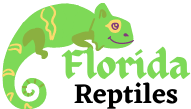
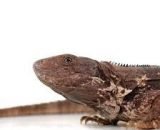
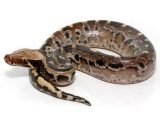
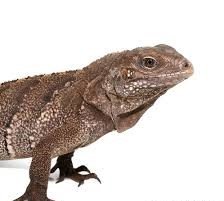
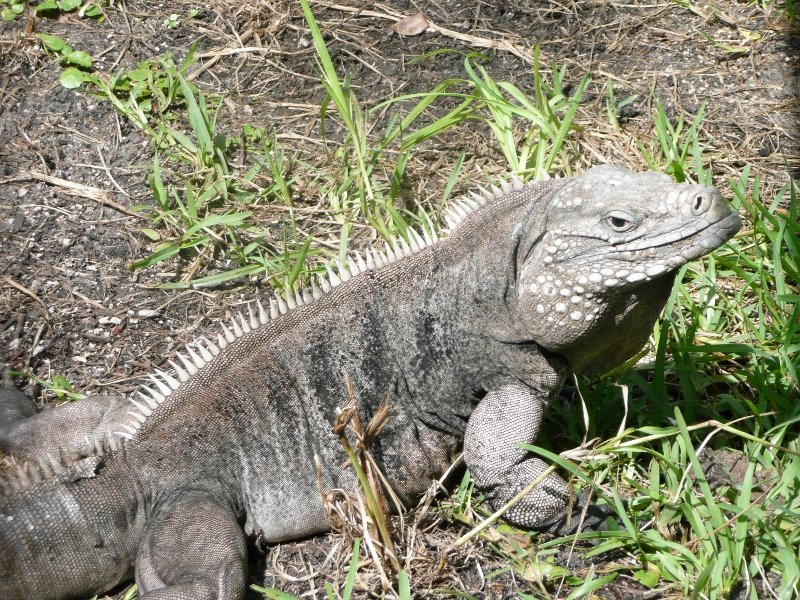
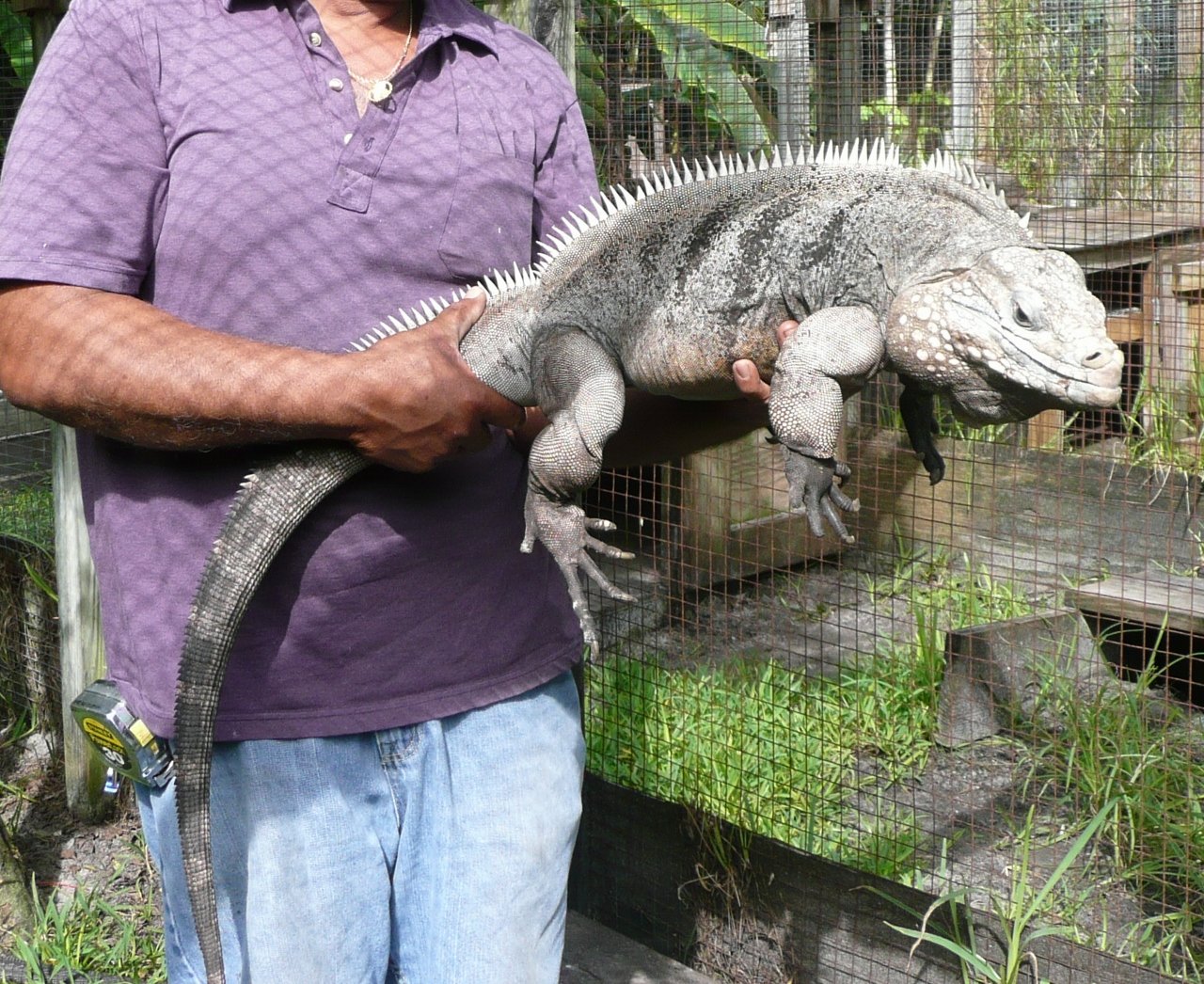
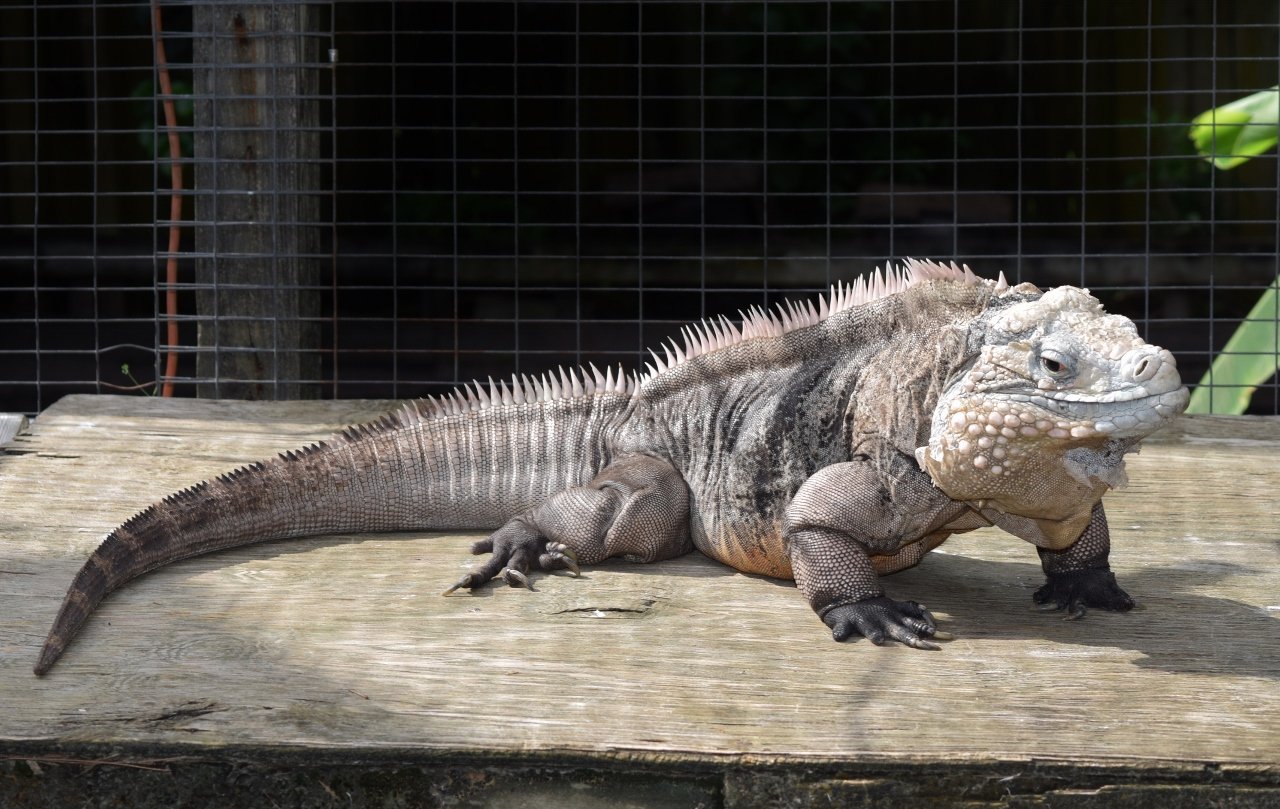


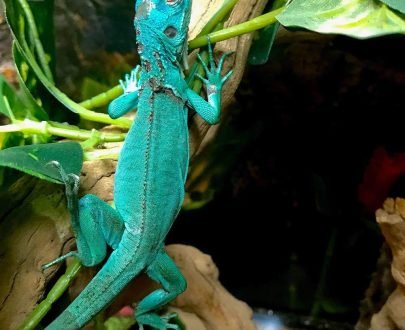
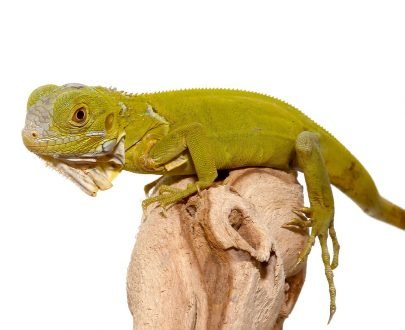
Customer reviews
Reviews
There are no reviews yet.
Write a customer review